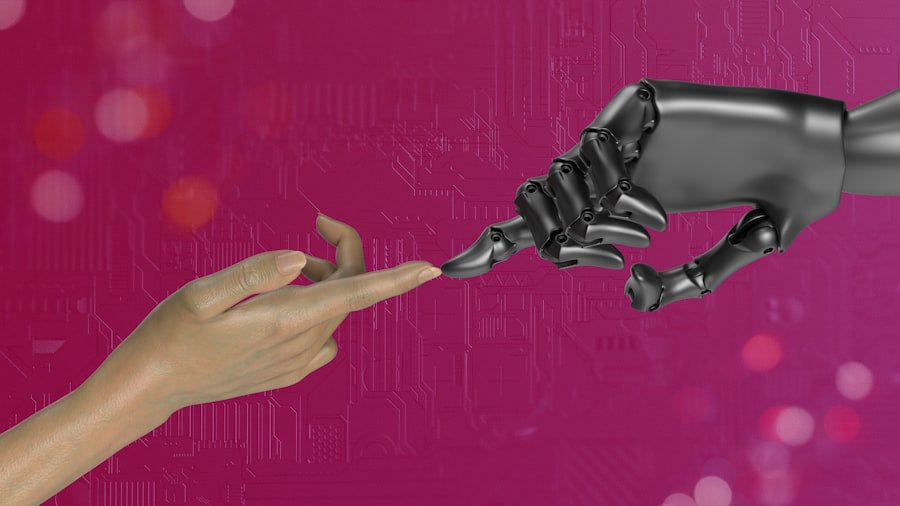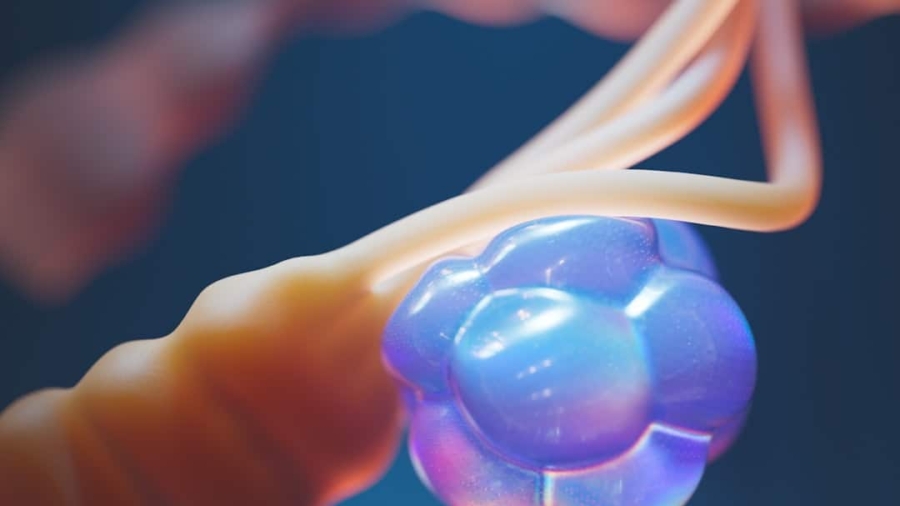In recent years, the integration of artificial intelligence (AI) into smartphone camera technology has revolutionized the way we capture and share images. Gone are the days when photography was solely reliant on the skill of the photographer and the quality of the camera hardware. Today, AI algorithms analyze scenes, optimize settings, and even suggest compositions, making it easier for users to take stunning photographs with minimal effort.
This transformation has democratized photography, allowing individuals with varying levels of expertise to produce professional-quality images. The rise of AI-powered enhancements in smartphone cameras is not merely a trend; it represents a significant shift in how we perceive and engage with photography. As smartphones have become ubiquitous, the demand for high-quality imaging capabilities has surged.
Manufacturers have responded by embedding sophisticated AI technologies into their devices, enabling features such as scene recognition, automatic adjustments, and advanced post-processing techniques. This article delves into the intricate relationship between AI and smartphone photography, exploring its evolution, benefits, and potential drawbacks.
Key Takeaways
- AI-powered smartphone camera enhancements are revolutionizing the way we take photos, offering advanced features and capabilities.
- Artificial intelligence plays a crucial role in photography by enabling smartphones to analyze scenes, optimize settings, and enhance image quality.
- Smartphone camera technology has evolved rapidly, incorporating AI algorithms to improve autofocus, low-light performance, and image processing.
- AI-powered enhancements have a significant impact on image quality, producing sharper, more vibrant photos with better dynamic range and reduced noise.
- The benefits of AI-powered camera features include improved portrait mode, scene recognition, and automatic adjustments for optimal results.
Understanding the Role of Artificial Intelligence in Photography
Artificial intelligence plays a multifaceted role in modern photography, particularly in the realm of smartphone cameras. At its core, AI enhances the user experience by automating complex processes that would traditionally require extensive knowledge of photography principles. For instance, AI algorithms can analyze a scene in real-time, identifying elements such as lighting conditions, subject matter, and even facial expressions.
This analysis allows the camera to make instantaneous adjustments to settings like exposure, white balance, and focus, ensuring optimal results. Moreover, AI-driven features extend beyond mere adjustments; they also include intelligent scene recognition capabilities. For example, when a user points their smartphone at a landscape, the camera can detect the presence of mountains or water bodies and adjust its settings accordingly to capture the best possible image.
Similarly, portrait mode utilizes AI to distinguish between the subject and background, applying a pleasing bokeh effect that enhances the subject’s prominence. This level of sophistication not only simplifies the photography process but also empowers users to explore their creativity without being hindered by technical limitations.
The Evolution of Smartphone Camera Technology

The journey of smartphone camera technology has been nothing short of remarkable. From the early days of basic point-and-shoot capabilities to today’s advanced imaging systems, smartphones have undergone a significant transformation. Initially, mobile cameras were limited to low-resolution sensors and basic optics, producing images that often fell short of expectations.
However, as consumer demand for better photography grew, manufacturers began investing heavily in research and development. The introduction of multi-lens systems marked a pivotal moment in this evolution. By incorporating multiple lenses with varying focal lengths, smartphones could mimic the versatility of traditional cameras.
This innovation allowed for features such as optical zoom and improved low-light performance. As these advancements unfolded, so too did the integration of AI technologies. The combination of powerful hardware and intelligent software has led to a new era in smartphone photography, where users can achieve stunning results with just a few taps on their screens.
The Impact of AI-Powered Enhancements on Image Quality
AI-powered enhancements have had a profound impact on image quality in smartphone photography. One of the most notable improvements is in low-light performance. Traditional cameras often struggle in dimly lit environments, resulting in grainy or blurry images.
However, AI algorithms can analyze low-light conditions and apply noise reduction techniques while enhancing details to produce clearer images. This capability has made it possible for users to capture beautiful nightscapes or indoor shots without the need for professional equipment. Additionally, AI-driven post-processing features have elevated image quality by allowing users to refine their photos after they are taken.
For instance, many smartphones now offer advanced editing tools that leverage AI to enhance colors, adjust brightness levels, and even remove unwanted objects from images seamlessly. These tools not only save time but also provide users with greater control over their final output. The result is a level of image quality that rivals that of dedicated cameras, making smartphone photography an increasingly viable option for both casual users and professionals alike.
Exploring the Benefits of AI-Powered Camera Features
The benefits of AI-powered camera features extend far beyond mere convenience; they fundamentally enhance the photographic experience for users at all skill levels. One significant advantage is the ability to capture high-quality images effortlessly. With features like automatic scene detection and intelligent exposure adjustments, even novice photographers can achieve impressive results without needing to understand complex settings or techniques.
This accessibility encourages more people to engage with photography as a creative outlet. Moreover, AI-powered features often include real-time feedback mechanisms that guide users in composing their shots. For example, some smartphones provide grid overlays or composition suggestions based on established photographic principles such as the rule of thirds.
This guidance helps users develop their skills while simultaneously improving their images. Additionally, features like facial recognition ensure that subjects are always in focus and well-lit, further enhancing the overall quality of portraits and group shots.
The Future of Smartphone Cameras and AI Integration

Computational Photography: Unlocking New Possibilities
One area ripe for exploration is computational photography, which combines multiple images taken at different exposures or focal lengths to create a single high-quality photograph. This technique allows for greater dynamic range and detail than what is typically achievable with a single shot.
Personalized Photography Experiences with Machine Learning
Furthermore, as machine learning algorithms become more sophisticated, we can expect even more personalized photography experiences. Future smartphones may learn from individual user preferences over time, automatically adjusting settings based on past behavior or suggesting specific modes tailored to particular shooting scenarios.
A New Era of Intuitive Photography
This level of customization could revolutionize how we approach photography, making it an even more intuitive and enjoyable process.
Potential Drawbacks and Limitations of AI-Powered Camera Enhancements
Despite the numerous advantages offered by AI-powered camera enhancements, there are potential drawbacks and limitations that warrant consideration. One concern is that reliance on automated features may lead to a decline in fundamental photography skills among users. As cameras become increasingly adept at making decisions on behalf of the photographer, there is a risk that individuals may become less familiar with essential concepts such as composition and lighting.
Additionally, while AI algorithms are designed to optimize image quality, they are not infallible. There are instances where these enhancements can produce unnatural results or misinterpret scenes entirely. For example, an AI might struggle with complex lighting situations or fail to accurately identify subjects in certain contexts, leading to subpar images.
Users may find themselves needing to override automated settings or engage in manual adjustments more frequently than anticipated.
Tips for Maximizing AI-Powered Camera Features for Better Photography
To fully leverage the capabilities of AI-powered camera features and enhance your photography experience, consider implementing several practical tips.
Understanding how different features work will enable you to make informed decisions when capturing images.
Additionally, take advantage of any built-in tutorials or guides that may accompany your device—these resources can provide valuable insights into maximizing your camera’s potential. Lastly, while AI can significantly enhance your photography experience, remember that it is still essential to develop your creative eye.
Pay attention to composition and lighting conditions when framing your shots; even with advanced technology at your disposal, these fundamental principles remain crucial for capturing compelling images. By combining your artistic vision with the power of AI enhancements, you can elevate your smartphone photography to new heights.
Smartphone cameras are constantly evolving with the integration of AI-powered enhancements, making photography more accessible and user-friendly. In a related article on

